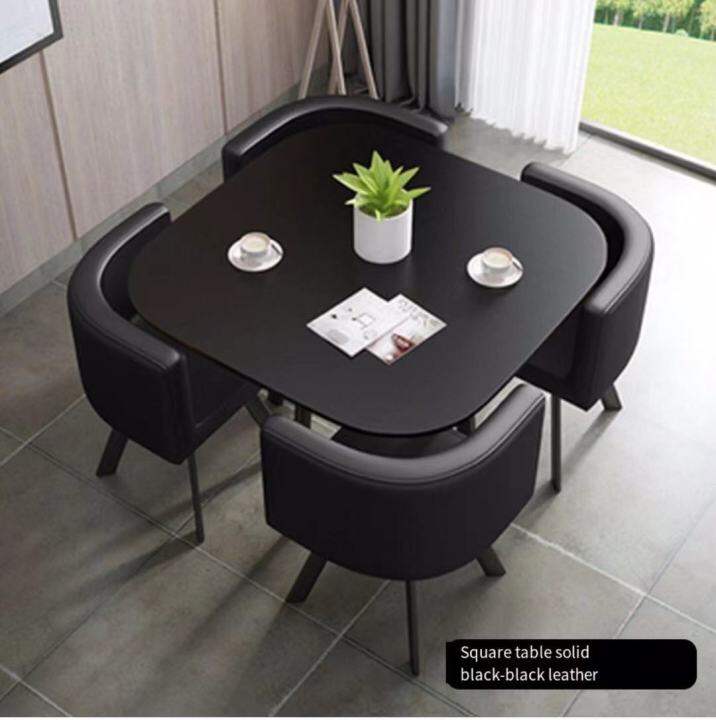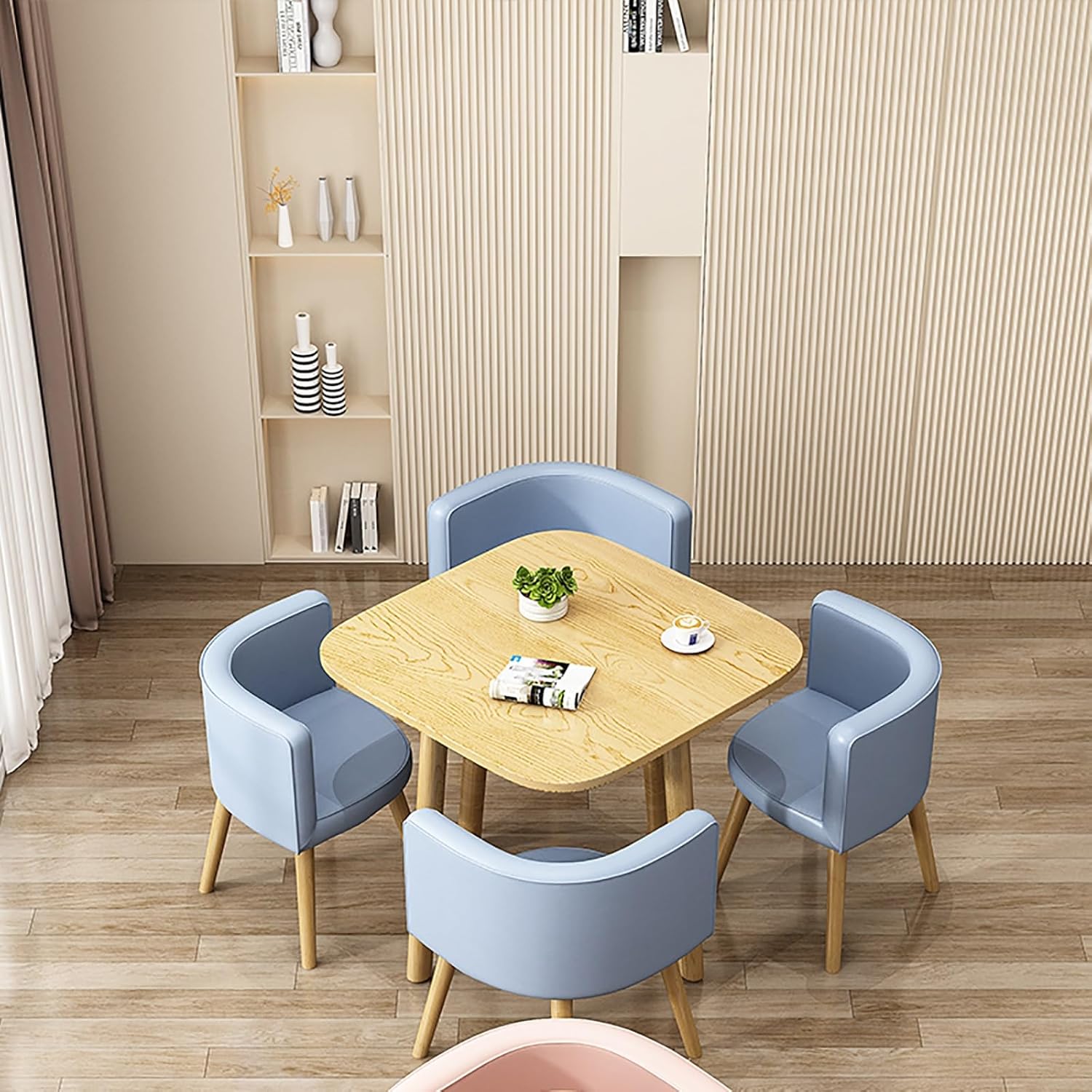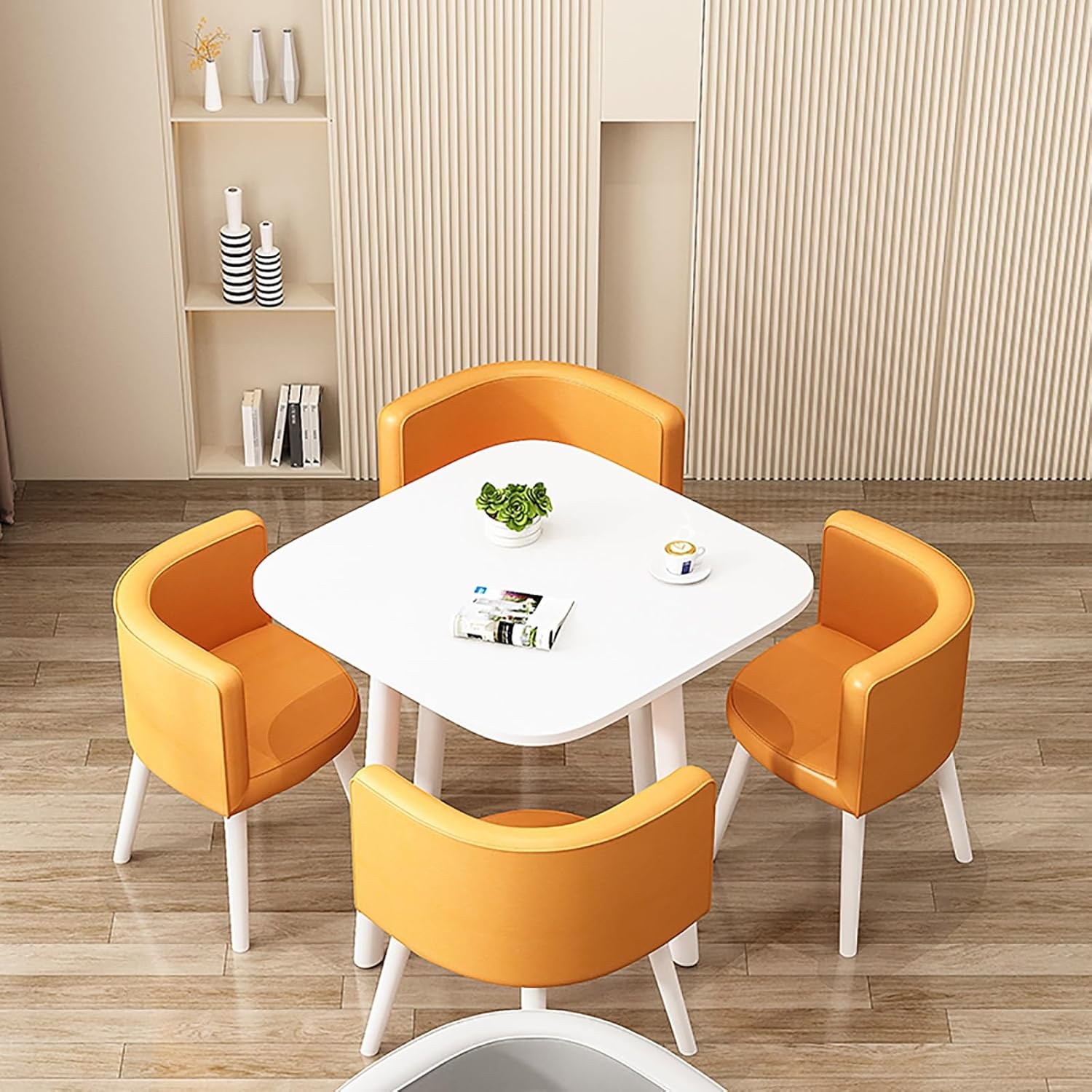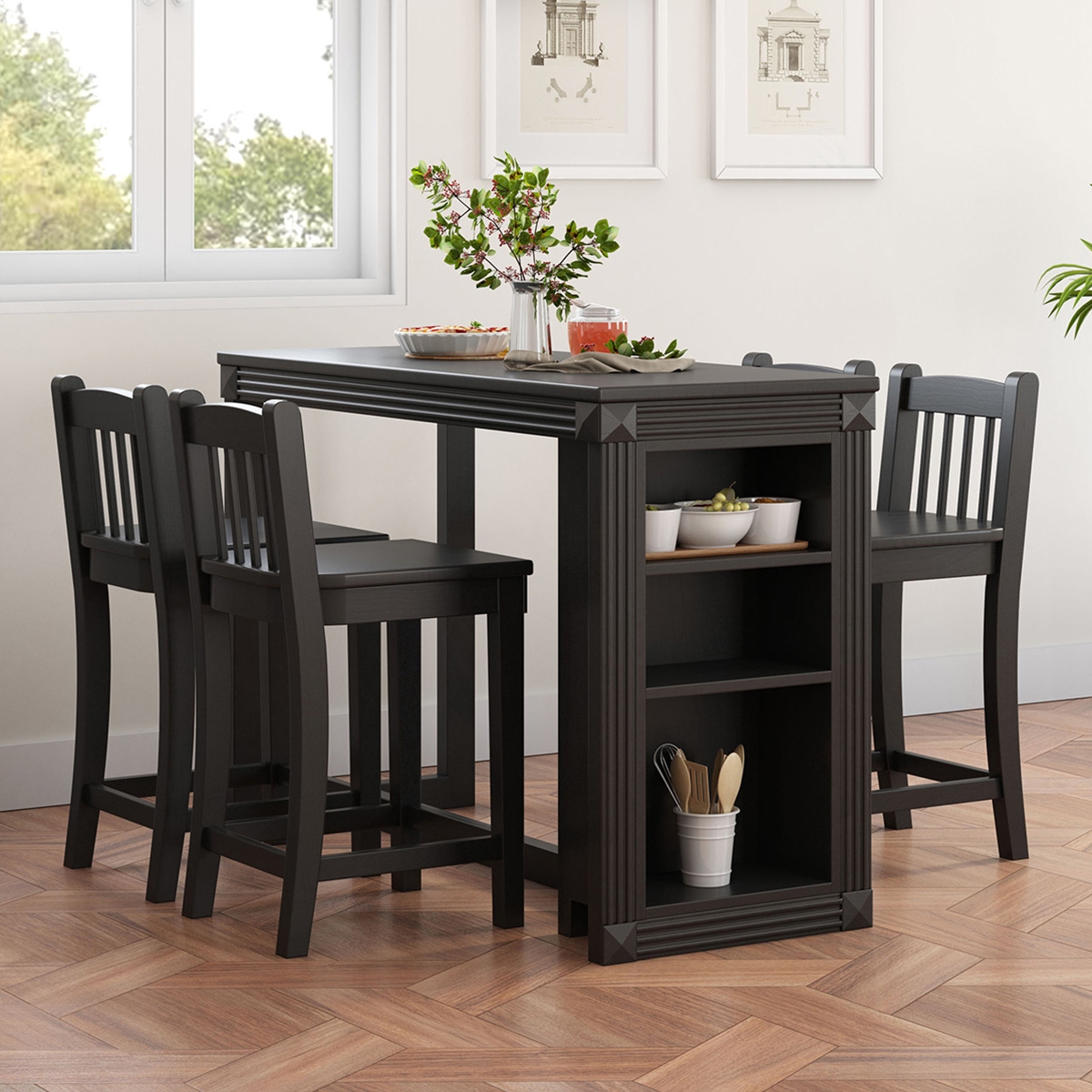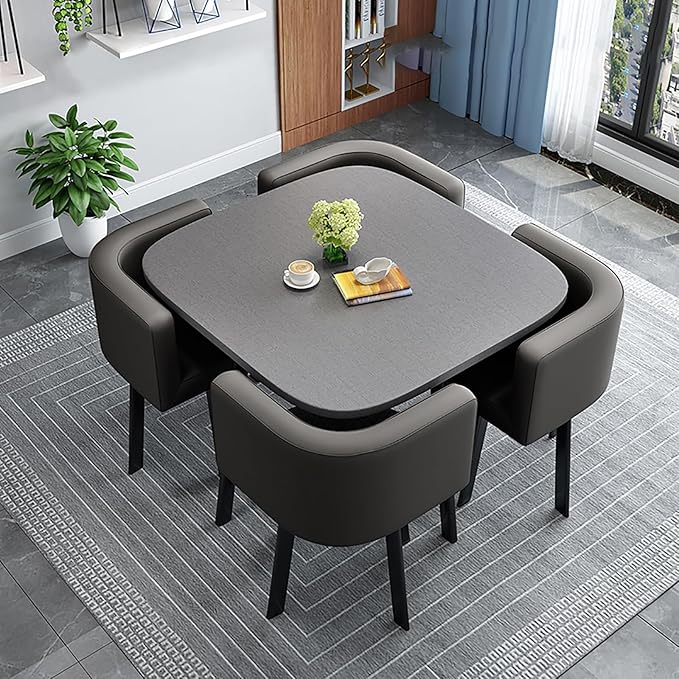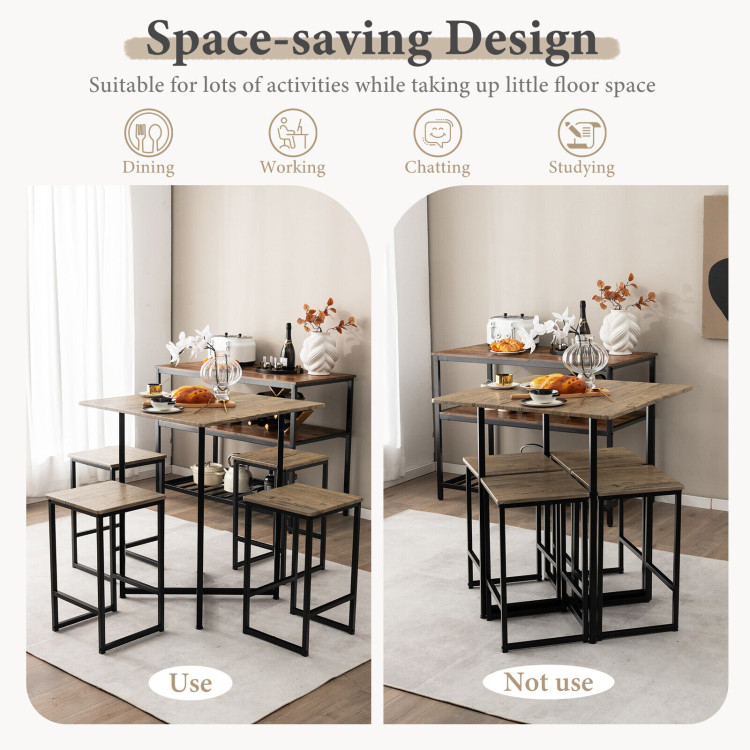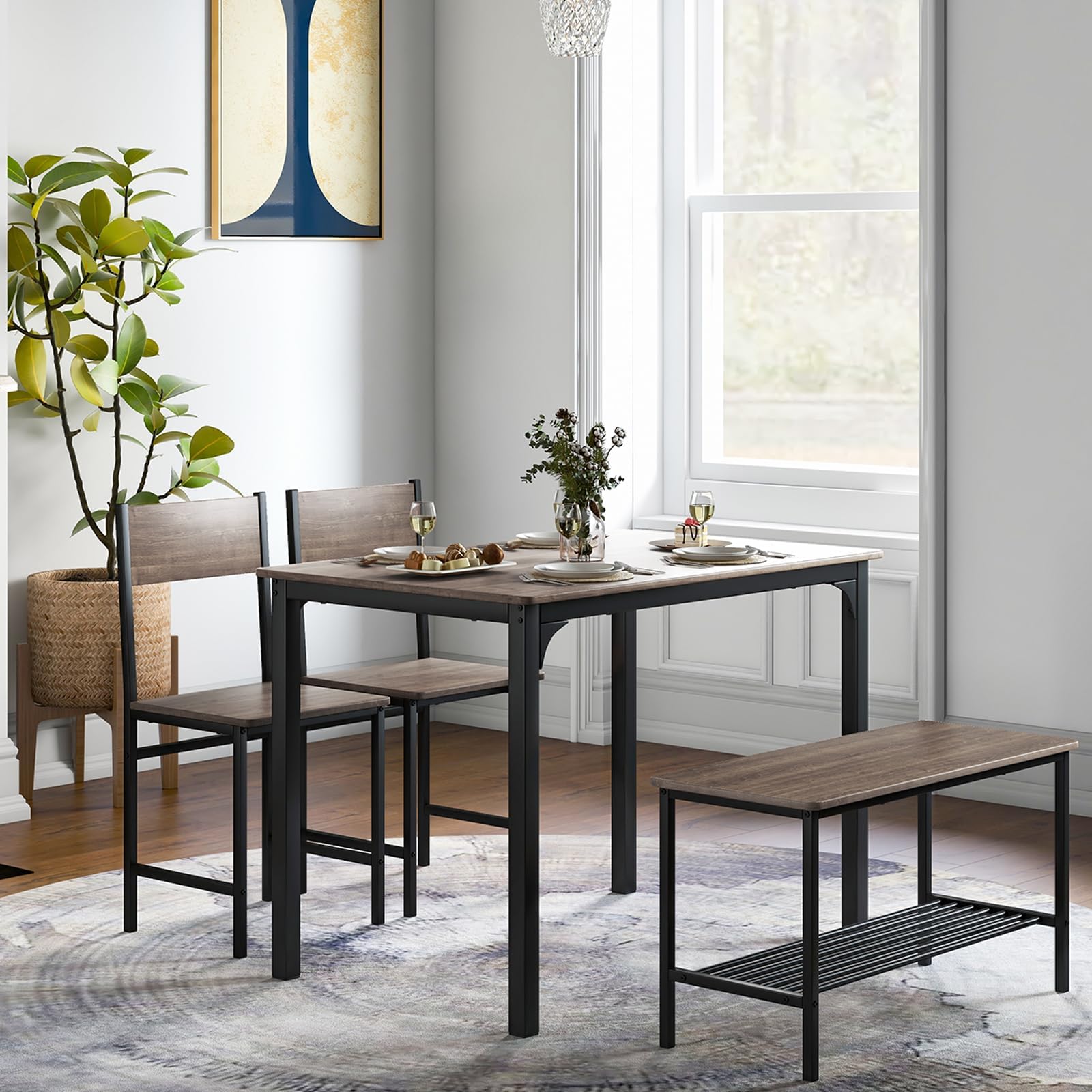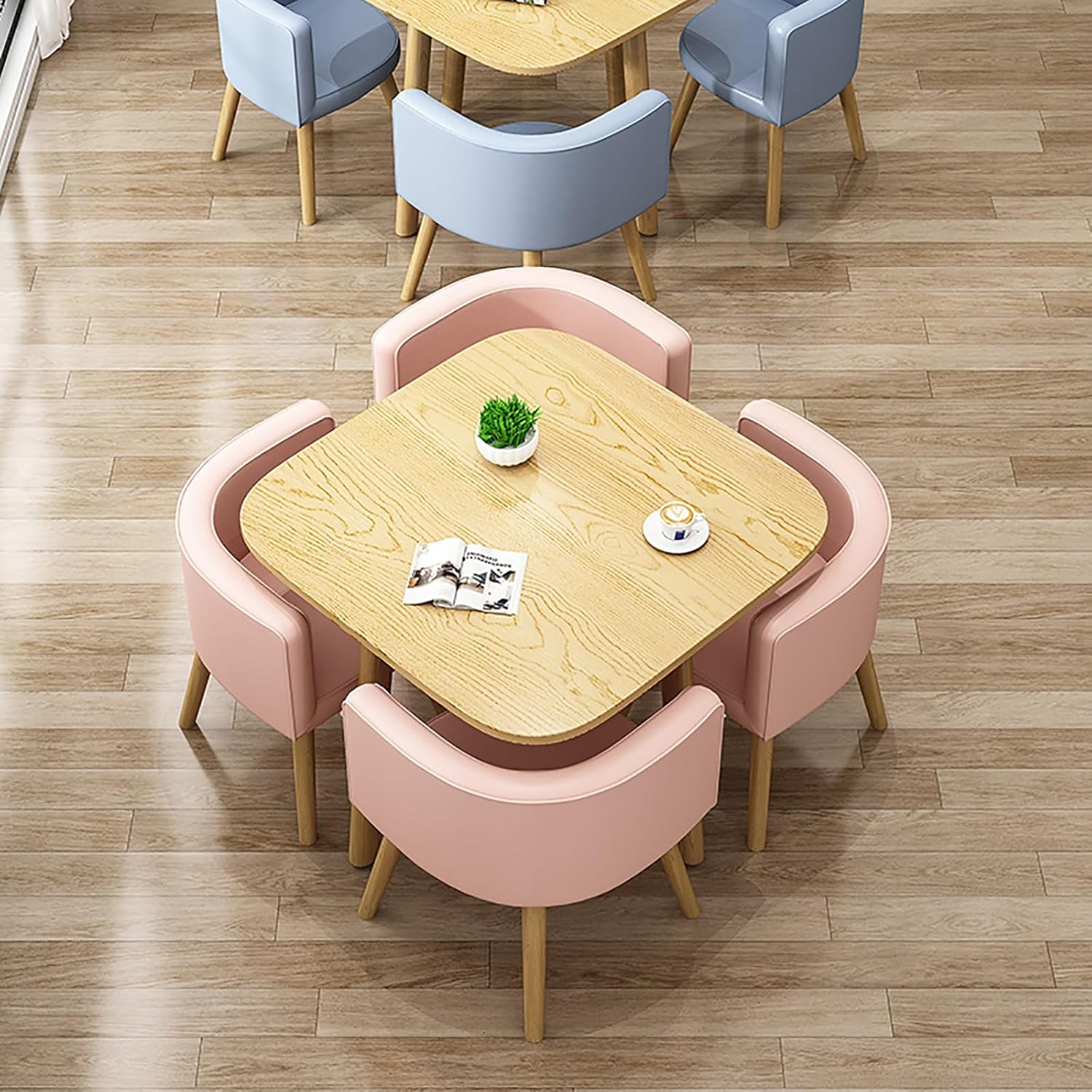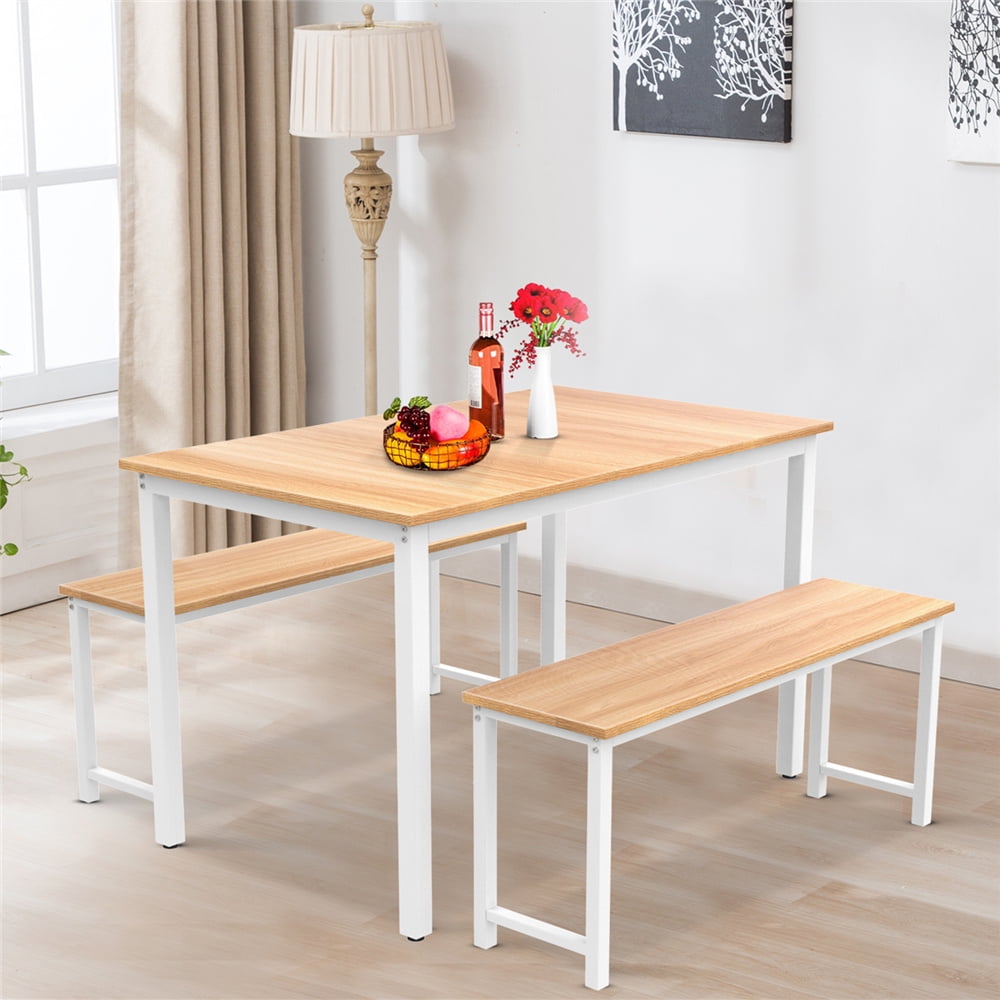Space Saving Dining Table For 4
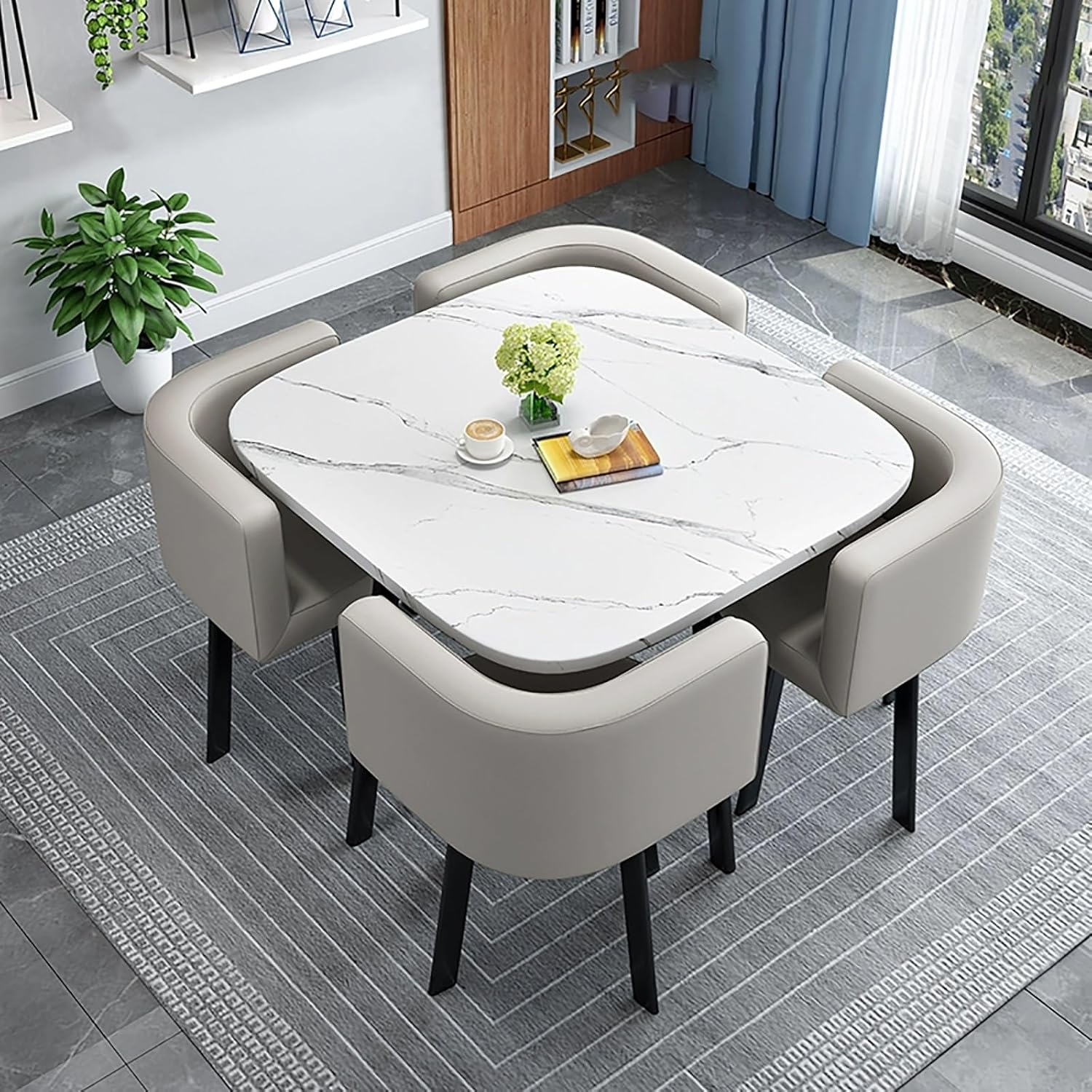
In an era defined by shrinking living spaces and a renewed focus on multifunctional design, the quest for the perfect dining solution for smaller households has intensified. The humble dining table, traditionally a symbol of family gatherings and shared meals, is undergoing a radical transformation. It's becoming sleeker, more compact, and undeniably clever.
At the heart of this design evolution lies the space-saving dining table for four, a piece of furniture engineered to maximize functionality without sacrificing aesthetics. These tables, often employing ingenious folding mechanisms, drop-leaf designs, or nesting components, represent a critical adaptation to the challenges of modern urban living.
The Rise of Compact Living
The increasing popularity of space-saving dining tables is directly correlated with the global trend towards urbanization and the subsequent decrease in average apartment sizes. According to a 2023 report by the United Nations Department of Economic and Social Affairs, 56% of the world’s population lives in urban areas, a figure projected to reach 68% by 2050. This concentration of people in cities inherently leads to smaller living quarters, pushing consumers to prioritize efficient and adaptable furniture.
Furthermore, the rise of single-person households and smaller families contributes to the demand for dining solutions that cater to a more intimate setting. Data from the U.S. Census Bureau indicates a steady increase in the number of single-person households, comprising 28% of all households in 2022. These demographic shifts highlight the need for furniture designed for smaller gatherings and everyday functionality.
Design Innovations and Functionality
The market for space-saving dining tables is characterized by a diverse range of designs, each tailored to specific needs and spatial constraints. Drop-leaf tables, a classic solution, feature hinged leaves that can be folded down to reduce the table's surface area when not in use. This adaptability makes them ideal for apartments where space is at a premium.
Folding tables represent another popular option, often incorporating a butterfly or gateleg mechanism that allows the entire table to be collapsed and stored away when not needed. These tables are particularly well-suited for multi-purpose rooms where the dining area may need to be temporarily converted into a workspace or recreational area. Nesting tables, consisting of several smaller tables that fit neatly together, offer a flexible solution for accommodating varying numbers of diners.
Beyond the folding mechanisms, manufacturers are also exploring innovative material choices to further optimize space. Lightweight materials like aluminum and composite wood are increasingly used to reduce the overall weight of the table, making it easier to move and store. Glass tabletops provide a sense of openness and visual lightness, helping to create the illusion of more space in smaller rooms.
Consumer Considerations and Market Trends
When selecting a space-saving dining table, consumers typically consider several key factors, including size, material, style, and durability. The size of the table should be carefully matched to the available space and the typical number of diners. Materials should be chosen based on durability, ease of maintenance, and aesthetic preferences. Style is also a critical consideration, as the table should complement the overall decor of the room.
IKEA and Wayfair are two major players in the space-saving furniture market, offering a wide range of dining tables at competitive prices. Smaller, independent furniture designers are also emerging, often specializing in handcrafted or custom-designed tables that cater to niche markets. These designers frequently focus on sustainable materials and eco-friendly manufacturing processes, appealing to environmentally conscious consumers.
The trend towards multifunctional furniture is expected to continue, with manufacturers constantly seeking new and innovative ways to optimize space and functionality. One emerging trend is the integration of smart technology into dining tables, such as built-in charging ports or adjustable height mechanisms. These features cater to the needs of modern consumers who demand convenience and versatility from their furniture.
Impact on Design and Lifestyle
The rise of space-saving dining tables has had a significant impact on both interior design and lifestyle. Interior designers are increasingly incorporating these tables into their designs, recognizing their ability to maximize space and create flexible living environments. They often pair these tables with other space-saving furniture, such as foldable chairs or wall-mounted storage solutions, to create a cohesive and functional space.
Moreover, these tables promote a more adaptable and minimalist lifestyle. By encouraging consumers to embrace smaller living spaces and prioritize functionality, they contribute to a broader movement towards sustainable living and reduced consumption. The emphasis on shared meals and social interaction remains, but it is now facilitated by furniture that is designed to adapt to the ever-changing needs of modern life.
Expert Perspectives
“Space-saving furniture is no longer a niche market; it’s a necessity for many urban dwellers," says Sarah Miller, a lead interior designer at Urban Spaces Design. "Clients are increasingly seeking furniture that can adapt to their changing needs, and space-saving dining tables are a key element of that solution." She also noted that aesthetics cannot be overlooked. Functional should also look good.
According to David Lee, a furniture design professor at the Rhode Island School of Design, "The challenge for designers is to create furniture that is not only functional but also aesthetically pleasing. The best space-saving dining tables are those that seamlessly blend into the room's decor and enhance the overall living experience." Designers need to strike the perfect balance.
The Future of Dining Spaces
As urban populations continue to grow and living spaces shrink, the demand for space-saving dining tables is likely to increase. Manufacturers will continue to innovate, developing new designs and incorporating advanced technologies to meet the evolving needs of consumers. The future of dining spaces will be defined by flexibility, adaptability, and a focus on maximizing every square inch of available space.
Beyond the functional aspects, the space-saving dining table represents a cultural shift towards a more minimalist and adaptable lifestyle. It reflects a growing awareness of the importance of sustainable living and a desire to create living spaces that are both functional and aesthetically pleasing. The evolution of the dining table is a testament to the power of design to adapt to the changing needs of society and improve the quality of life.
